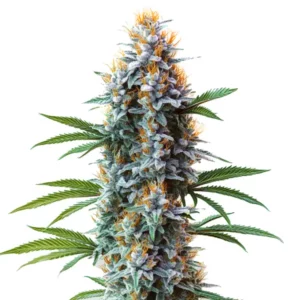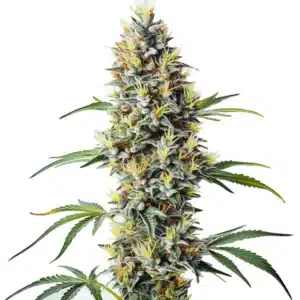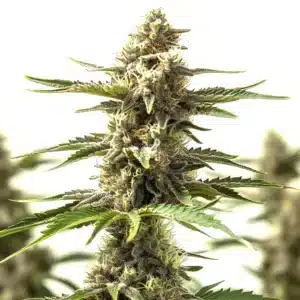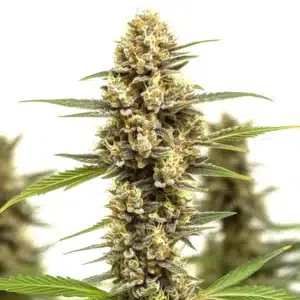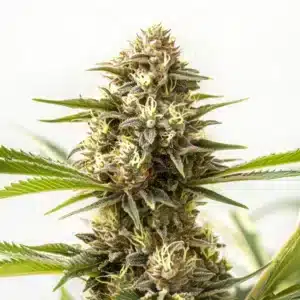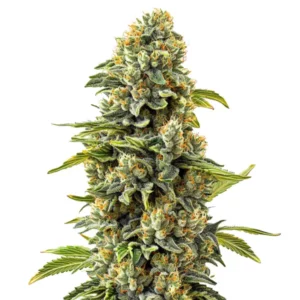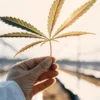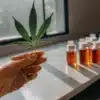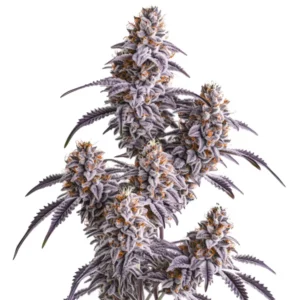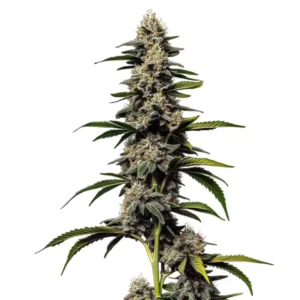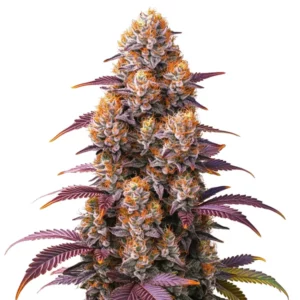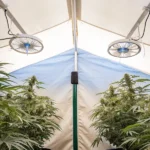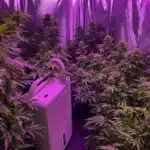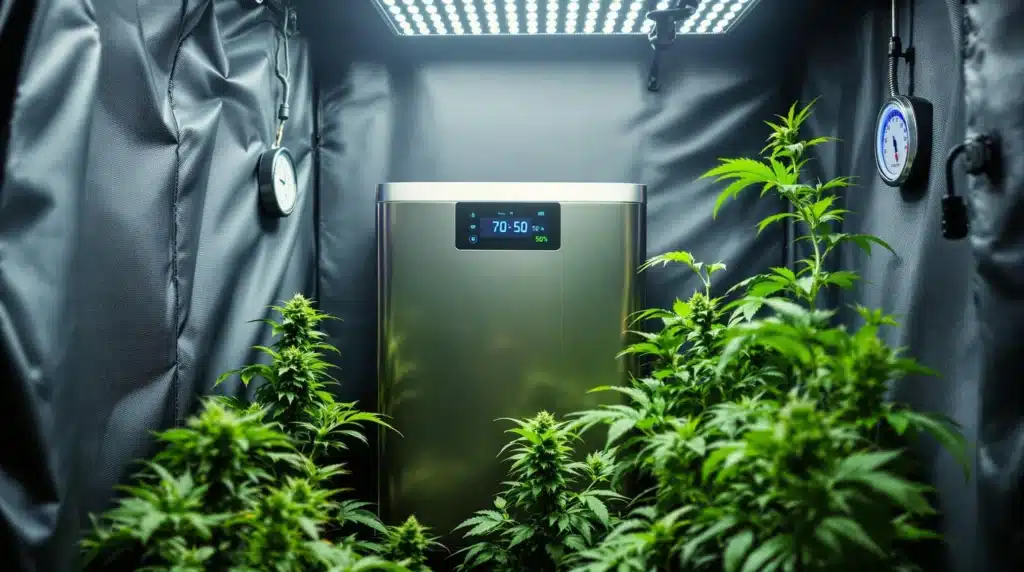
How to Effectively Lower Humidity in a Grow Tent
Managing humidity levels in a grow tent is crucial for the health and vitality of your plants. High humidity can lead to problems such as mold and mildew, which can threaten your cultivation efforts. Every gardener, whether experienced or a newcomer, wants to create the optimal environment for their plants to flourish.
Why is Humidity Control Important?
The right humidity level plays a critical role in plant health. Most plants thrive in conditions where humidity ranges from 40% to 60%. When humidity levels soar, they can foster the ideal conditions for harmful pathogens to thrive, potentially leading to diseases that could devastate your crop, like powdery mildew. Maintaining proper humidity levels is essential for ensuring that your plants can absorb water effectively, promoting robust growth while also minimizing stress on the plants.
Recommended Strains
Blue Cheese
|
|
THC | 16% - 20% (Medium) |
|
|
Type | Feminized |
|
|
Yield | High |
|
|
Phenotype | 80% Indica / 20% Sativa |
Blue Amnesia Regular
|
|
THC | 22% - 24% (Medium) |
|
|
Type | Regular |
|
|
Yield | High |
|
|
Phenotype | 30% Indica / 70% Sativa |
Conversely, humidity levels that drop too low can negatively impact the way plants take in essential nutrients. This scenario can result in stunted growth and other unfavorable effects. Grasping the balance required for each plant type is key to avoiding these issues. Now, let’s dive into some practical tips to help you achieve that balance and create a thriving environment for your plants.
Promos & Deals
Use a Dehumidifier
A dehumidifier can serve as a game changer for many indoor growers. This powerful device efficiently extracts excess moisture from the air, ensuring consistency in your environment. When selecting a dehumidifier, be sure to choose one that matches the size of your grow tent to maximize its effectiveness.
Employing a dehumidifier not only helps regulate humidity but also enhances air circulation within your grow tent. Healthy air movement can significantly boost the overall well-being of your plants. While setting up your dehumidifier, keep an eye on the humidity levels. A hygrometer can be an invaluable tool to help you monitor progress accurately and make adjustments as needed.
Choosing the Right Dehumidifier
When selecting a dehumidifier, it’s vital to consider its capacity and energy efficiency. If your grow tent is compact, opt for a model designed for smaller spaces. Conversely, larger setups may require a more powerful unit to handle the moisture levels adequately. Additionally, investing in energy-efficient options can save you money in the long run while minimizing your environmental impact.
Proper positioning of the dehumidifier is equally important. Ideally, it should be placed near the plants but shouldn’t obstruct airflow. Experiment with its location until you find the configuration that optimally reduces humidity and promotes healthy air circulation in your space.
Improve Air Circulation
Effective air circulation is crucial for regulating humidity levels in your grow tent. Without proper airflow, moisture can stagnate and lead to a humid environment, which can stress your plants. Introducing fans into your setup is an efficient way to boost air circulation and manage humidity effectively.
Position oscillating fans near your plants to ensure air moves freely throughout the space. This strategy can help minimize hot spots, where humidity might otherwise build up. Additionally, incorporating fresh air intake and exhaust systems can stabilize humidity levels by facilitating the introduction of drier air into your grow tent.
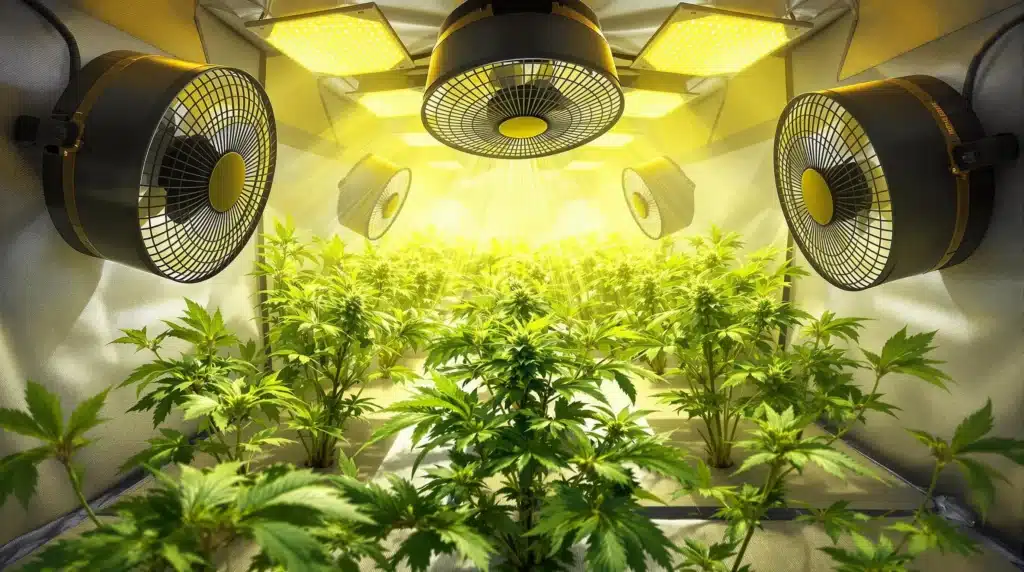
Types of Fans to Use
There are several types of fans that can enhance airflow in your grow tent. Clip-on fans are incredibly versatile and adjustable, allowing you to place them precisely where they’re needed most. Oscillating fans can distribute air evenly across the tent, preventing particular areas from becoming overly humid.
Before settling on which fan to use, evaluate the size of your grow tent. Larger tents may necessitate the use of more than one fan to achieve optimal air circulation. Taking time to analyze how each fan contributes to humidity reduction can be invaluable as your plants grow.
Watering Techniques
The method you use to water your plants can drastically impact humidity levels in your grow tent. Overwatering is one of the most common mistakes indoor growers make, leading to increased moisture in the air. A good rule of thumb is to water your plants only when necessary, allowing the top inch of soil to dry out before adding more water.
Another effective technique involves using drip trays or bottom watering. By containing excess water, you can prevent unnecessary moisture from accumulating in the air, thereby maintaining optimal humidity levels without sacrificing your plants’ hydration needs.
Monitoring Water for Humidity Control
Staying consistent with your watering schedule is essential for managing humidity effectively. Keeping a log of your watering routines can be beneficial in tracking how much and how often you hydrate your plants. Regularly checking the moisture level of your growing medium will also help to avoid the pitfalls of overwatering.
You might consider using a moisture meter, which can provide detailed insight into the moisture levels within your soil. This simple tool can assist you in preventing overwatering and its associated complications, ultimately helping you maintain better humidity levels.
Use Absorbent Materials
Some gardeners find success by incorporating absorbent materials within their grow tents. Desiccants, like silica gel packs, can help absorb excess moisture from the air. Strategically placing them around your grow tent can assist significantly in lowering humidity levels.
Additionally, you can integrate absorbent materials into your growing system. Products such as clay pebbles can help regulate moisture in your growing medium, contributing further to humidity control. Exploring these options may yield beneficial results for your setup.
Where to Place Absorbent Materials
Finding the right locations to place absorbent materials is crucial for their effectiveness. You might try positioning silica gel packs near the fans to enhance air movement around them. It’s a good idea to monitor their performance over time and adjust their placements as necessary to maximize their efficiency.
Keep an eye on how quickly the absorbent materials saturate. Depending on the environmental conditions, they may need to be replaced or recharged regularly to remain effective in controlling moisture levels.
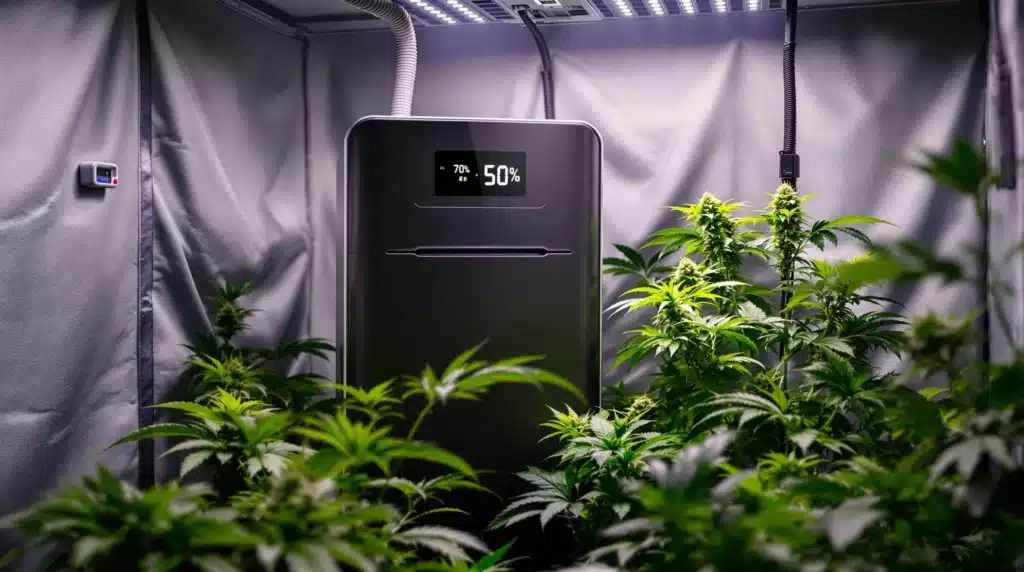
Insulate Your Grow Tent
Insulation plays a significant role in managing humidity levels. A well-insulated tent can help maintain a stable environment by reducing fluctuations in temperature and humidity. It’s essential to check for any gaps or areas where external moisture can seep in, which could disrupt your carefully controlled environment.
One effective method to enhance insulation is to use thermal blankets. Covering the exterior of your grow tent can help retain heat and moisture, creating conditions that keep the air within drier and more suitable for plant growth. The right insulation contributes to an ideal environment for your plants.
Choosing Insulation Materials
Various materials are available for insulating a grow tent. Reflective insulation can effectively bounce heat back inside, while foam boards can serve as a barrier against external humidity. Analyzing your specific needs and conditions can guide you in selecting the right materials for your setup.
While installing insulation, ensure that you don’t block any essential vents. Maintaining proper airflow is crucial, even as you insulate. The right balance of insulation and ventilation will help you cultivate a stable environment for your plants, fostering healthy growth.
Monitor and Adjust Humidity Levels
Regularly monitoring humidity levels is a proactive measure that can help you stay ahead of any unwanted changes. A hygrometer is an effective tool for tracking these levels; placing it inside your grow tent will provide real-time readings. If you observe humidity levels rising above acceptable ranges, it’s time to implement some of the strategies we’ve discussed.
Consistent checks will empower you to manage humidity effectively before it escalates into a problem. Making incremental adjustments as necessary can help maintain an optimal environment for your plants, ensuring they stay healthy and vibrant.
Keeping a Growth Journal
Documenting your growth journey can be incredibly beneficial. Consider creating a journal to keep track of humidity levels, temperatures, watering schedules, and any adjustments made along the way. This record can help you identify the effects each strategy has on your plants, providing valuable insights for future cycles.
By regularly logging your observations, you’ll start to notice patterns related to humidity and plant health. Over time, this practice can inform your approach, allowing you to create the most favorable conditions for your specific plants, setting you up for future successes.
FAQs About Lowering Humidity in a Grow Tent
What is the ideal humidity level for plants in a grow tent?
Generally, the ideal humidity level for most plants ranges between 40% and 60%. However, this can differ for specific plant species, so it’s best to research the requirements particular to the plants you are growing to ensure optimal conditions.
How often should I check humidity levels?
It’s wise to check humidity levels daily, especially during the early stages of your plants’ growth cycle. Regular checks help you catch any fluctuations before they escalate into significant issues.
Can I use a humidifier instead of a dehumidifier?
A humidifier is designed to increase moisture levels, while a dehumidifier works to reduce it. It is essential to use the correct device based on what your growing environment requires in terms of humidity control.
What signs indicate high humidity in my grow tent?
Common signs of high humidity include condensation on the tent’s walls, a musty smell, or the presence of mold on either the plants or soil. If you notice any of these occurrences, it’s critical to take immediate action to lower humidity levels.
Is it possible to lower humidity naturally?
Yes, some natural methods include improving ventilation and avoiding overwatering your plants. Additionally, utilizing absorbent materials or increasing air circulation can keep humidity levels in check without relying solely on electric devices.
Lowering humidity in your grow tent doesn’t have to be an overwhelming task. By implementing a few proactive strategies, you can create a stable and inviting environment for your plants. Whether you focus on enhancing air circulation, adjusting your watering techniques, or utilizing dehumidifiers, every little measure contributes to the overall health of your crop. As you explore and experiment with these methods, you’ll discover what works best for your unique setup. Your plants will undoubtedly appreciate the care and attention, thriving beautifully in their well-regulated environment.


